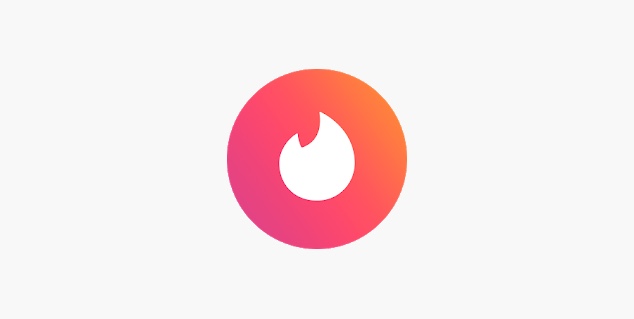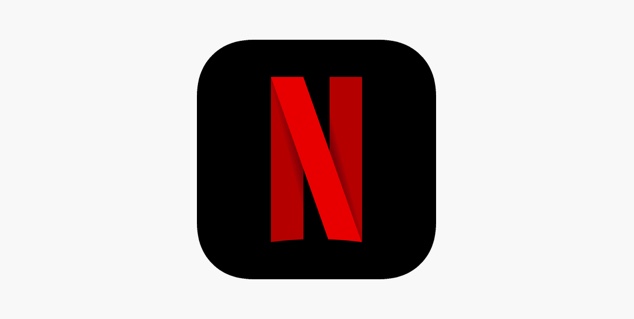Is your business looking for a new source of income? If you already have a customer-facing mobile app available, you are in luck.
Getting it built may take a long time, but it is also the most challenging part of the process.
Now, you just need to monetize it and start making more money for your business. There are several different ways to accomplish it.
You should pick the method that will best fit with your brand goals and your company’s mission. The sooner you choose and implement it, the faster you will start making money.
While your app might already be providing value to its users, now it’s time to start putting some back into your business.
As a top app developer in Mexico, we would like to share our insights into how you can successfully start making money with your mobile app.
As early as 2013, free apps were dominating the download statistics. Around 90% of apps downloaded that year were free. The report noted that most people are more interested in free content than they are about avoiding advertisements.
If your app isn’t free, people will be more likely to download a competitor that is. The good news is that making your app free will increase the likelihood of it being downloaded and allow you to still make money by using in-app advertising. Again, you have multiple choices.
Interstitial ads appear over the entire screen during natural break points, like moving between menus or instead of showing a loading screen.
When implemented correctly, they don’t mess with the overall user experience, which is the sign of a good in-app ad.
The banner ad is a classic. It shows up at the top or bottom of the screen, but users are more likely to ignore them as they are to click on them.
You might instead try overlay ads. These pop up over video and are similarly not too distracting to users. Overlays will appear like a banner ad at the bottom of a video screen. Users can close the ad but will have to dismiss it actively.
All ads are looking for engagement from the target audience – in this case, it is your users. If you decide to use in-app ads, they need to disrupt their experience as little as possible.

Just because your users download your app for free doesn’t mean that you missed out on the only chance to get them to make a purchase.
Adding in-app purchases will give users the opportunity to make purchases that will enhance their user experience.
The best example of in-app purchases is with mobile games. Say a user loses all of their lives. Instead of waiting the penalty period until their lives are refreshed, they can buy new lives or pay to bypass the time limit and keep playing immediately.
However, in-app purchases aren’t just limited to games. It also is a way for users to purchase products or services directly from the app.
For instance, Uber is free to download – you just need to pay if you are going to catch a ride!
All you need to do is make sure that you offer enough options for free that the users don’t feel like they are forced to make a purchase in order to use the app like normal.

Freemium is a portmanteau of “free” and “premium.” If you choose this monetization method, you will essentially be offering two different versions of your app. The first will be free and basic while the second offers better features that users will have to buy to access.
Remember how more than 90% of apps that are downloaded are free? This follows that same advice to get your app on the phone and your foot in the door.
You offer a watered-down, yet still usable, version of your app for free. Users can then upgrade to the premium version with an in-app purchase.
Tinder uses the freemium model. In both versions of the dating app, users swipe left or right on other profiles depending on whether or not they want to match with them. The basic version still has ads that pop-up every so often.
You can still make money with both versions. The premium version called Tinder Gold allows users to see who has already liked their profile and immediately decide on them instead of waiting for them to show up in their “deck” of profiles to swipe.
The freemium model allows you to combine the best of free and paid apps. You can get more downloads from the initial free price, make money off of advertising if users stick with the basic version, and make even more from the users who decide to upgrade to premium.

In the freemium example, users upgrade to the premium version of the app because they recognize the added value that it offers. One of the best ways to offer value to your users is by providing high-quality content. It seems obvious, so why don’t more users do the same?
It’s time-consuming and expensive to make. When you consistently put out great content, you can charge a subscription for access. Because of the value users take away from it and the cost to make it, you can charge more for it, too.
Taking another page out of the freemium playbook, you can offer tiered subscriptions. Your content is good enough that people need to pay for even the basic version. Now, they can pay more for an even more exclusive service.
Netflix uses a tiered, monthly subscription model to maximize profit. The basic option is $8.99 for standard definition viewing on only one screen at a time. Standard is $12.99 and offers HD video on two screens at a time.
Premium is $15.99 allows viewers to watch in 4K on up to four screens at once. They can charge those prices because of the original and exclusive content they have in their library – you can’t watch them anywhere else!
A tiered subscription maximizes the value of your app, but the content necessary to make it worthwhile for users will be expensive and time-consuming to produce.

There are many options to choose from once you have decided to monetize your app. In-app advertisements will let you make money even if you make your app free to download.
In the same way, in-app purchases can let users buy products and services straight from your app. Another option is the freemium model, which will let you capitalize on the best and most effective aspects of the free and paid models.
Finally, you can give users multiple ways to pay by using a tiered subscription model to pay for your high-quality content.
If you are interested in finding out how INMEDIATUM, one of the top app developers in Mexico can turn your app into a money-making machine, check out our portfolio, or contact us today. We look forward to hearing from you!
Talk to the Mobile Monetization Experts
Discuss your business model ideas, questions, and concerns. Get answers specific to your needs.


